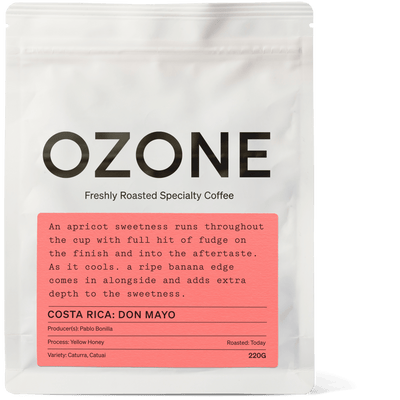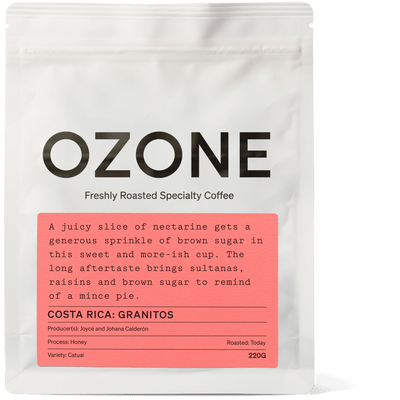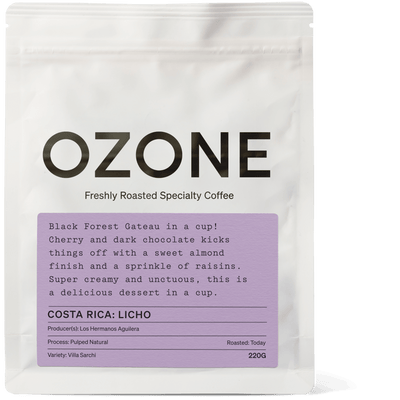The ARBAR micromill is owned by the Arrieta Barboza family. That includes Carlos and Maria, and their children Yessica, Karen, Esteban and Jose Ignacio (Nacho). The name of their micromill that serves their farms comes from their combined family names, Carlos ARrieta +Maria BARboza = ARBAR. Sweet eh? Everything at the mill is laid out immaculately, with the drying beds, depulper, and nursery areas laid out around the edge of their house.
The family home and milling area are situated right in the middle of their Manantial farm, 1 of 5 small farms that they run between them. The family have in total:
- La Casa - mostly planted with Geisha and Kenya!
- La Isla - owned by Maria’s niece, on a long term agreement to be run by Carlos and Maria, it sits at 1,400 m.a.s.l. and 1.4 hectares in size, and is planted with Villa Sarchi, Kenya, Geisha and Ethiopia
- El Oasis - slightly smaller than El Manantial and produces around 6,000 kg of fresh cherries each year
- El Manantial - around 3 hectares in size and produces around 8,500 kg of fresh cherries each year (amounts to just over 1,000 kg of green coffee when processed)
- Don Pedro - owned by Pedro Aguilera, son of Pedro Aguilera. He’s also a cousin of the Aguilera brothers who we buy Finca Licho from! At one time, the elder Pedro owned most of the land in this part of the valley and both farmed coffee and had other businesses. When it got passed to his children, it got split up and many didn’t want to remain in coffee, so the land was sold. That means Finca Pedro is much smaller now than it was. Esteban Arrieta knows Pedro and when they were talking, Pedro complained that he was two old for 4 farms and he hasn’t got a child interested in taking on coffee farms. Esteban suggested his family could take on Finca Pedro and farm it - they’re currently part way through an 8 year lease agreement and have focused on renovating the farm (replacing old plants, pruning and improving the soil quality)
Carlos and Maria are very active members of the local community and have close relationships with their neighbours - which include CoE winning mills like Herbazu, Vista Al Valle, and Sumava. The farm operates mostly Organic processes, but they're not Organic certified. They believe in the value of biodiversity on the farms, and plants like fruit trees are positioned among the coffee plants to provide shade and to help the soil. These trees also provide food for the family. They even have a few sheep and other animals, with the farm being as self-sufficient as possible.
The mill is located in the Western Valley region near to the town of Lourdes de Naranjo. It's located at 1,600 meters above sea level and on the 4 surrounding farms that are run by the family they grow mostly Caturra, Catuai + a tiny bit of Villa Sarchi, Kenia, Ethiopia, and Geisha.
At present, they have 1 full time employee living at the farm, who is quite new. He’s young and had some complications which meant he couldn’t get his school qualifications. Carlos and the family liked that he was keen to work hard and prove himself, so he’s become a permanent fixture. For harvest, they are joined by a family of 6 workers (+2 wee bairns in tow) from Nicaragua. The remaining work is shared between all the family, but around their other commitments.
Maria does a lot of the processing, but also some roasting for the local market - she remembers roasting coffee by hand over a fire with her dad when she was young and decided they should buy a small roaster once the farm was stable. Carlos does a lot on the farms but also helps with the processing. Esteban works for their exporter, Exclusive Coffees, and lives in the city. Before that, he was working at the wet mill at Sumava, which is owned by Francisco Mena (who also owns Exclusive Coffees). Jose Ignacio (Nacho) is at university in the city but comes home at weekends to help. Jessica and Karen have both moved out and have jobs outside coffee.
Carlos has owned this farm for almost twenty years but only started processing the coffee himself in 2014 (while still paying someone else to pulp it for him). He hadn't been able to present his coffee to a single buyer previously, so he would send it to the exporter we use in Costa Rica and, thankfully, that's how we found him!
We’ve been buying coffee from Carlos since 2013. We had very little information about this farm when we first found it (so little that the coffee didn’t even have a name!) all we knew was that the coffee was grown by Carlos Arrieta and it was delicious. After cupping it alongside other lots in the exporter’s office, Carlos arrived and there followed the worst negotiation to ever take place in the history of coffee buying ...
"How much do you want?" Steve asked.
He replies, "How much do you like it?"
"A lot.”
"I'd like a lot then, please."
"OK ..."
Luckily at this point a grown-up from the exporter's office stepped in and made sure Steve didn't give Carlos his house, car, watch, and the clothes on his back! A price was agreed that rewarded Carlos with more than he had ever got before and we gleefully looked forward to the amazing coffee coming to Stafford. Before they sold to us, everything coming out of the mill was sold to a big cooperative, these days we buy nearly every single bean that ARBAR produces.

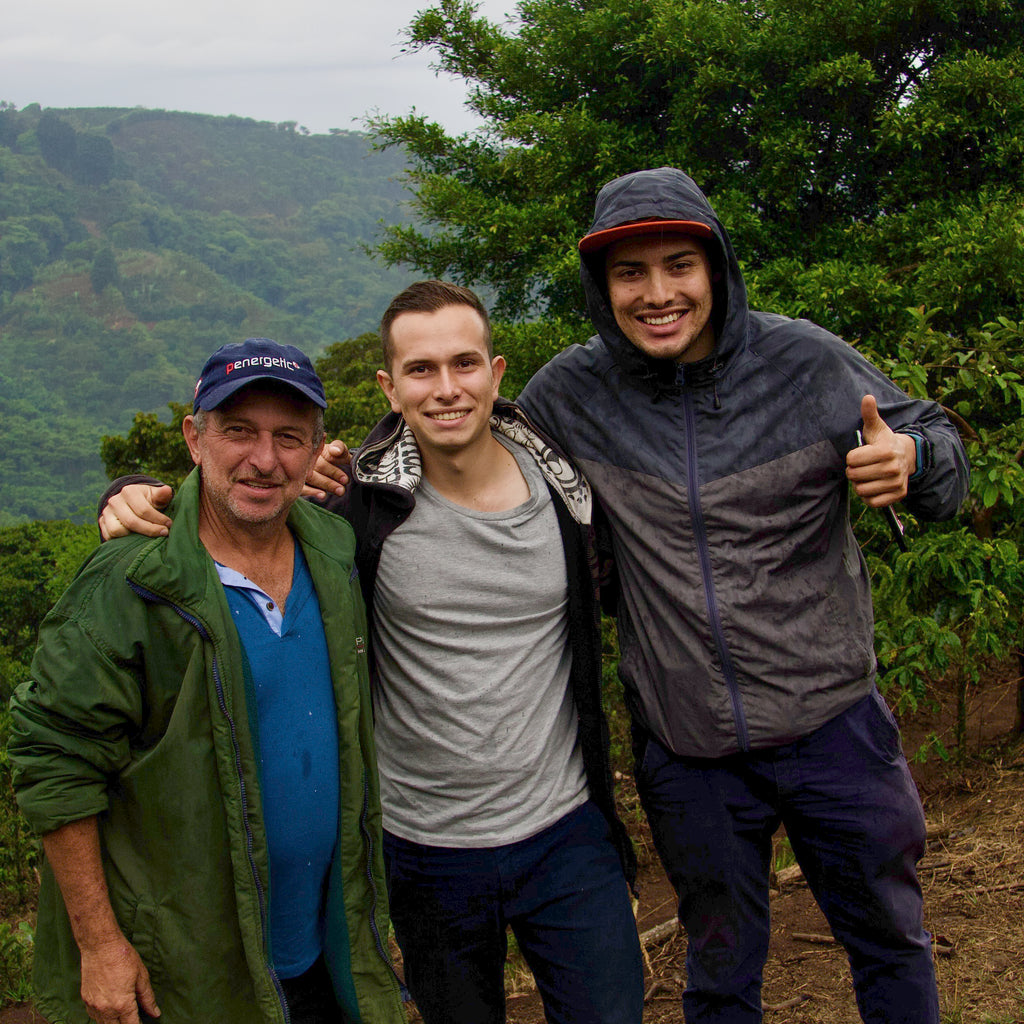
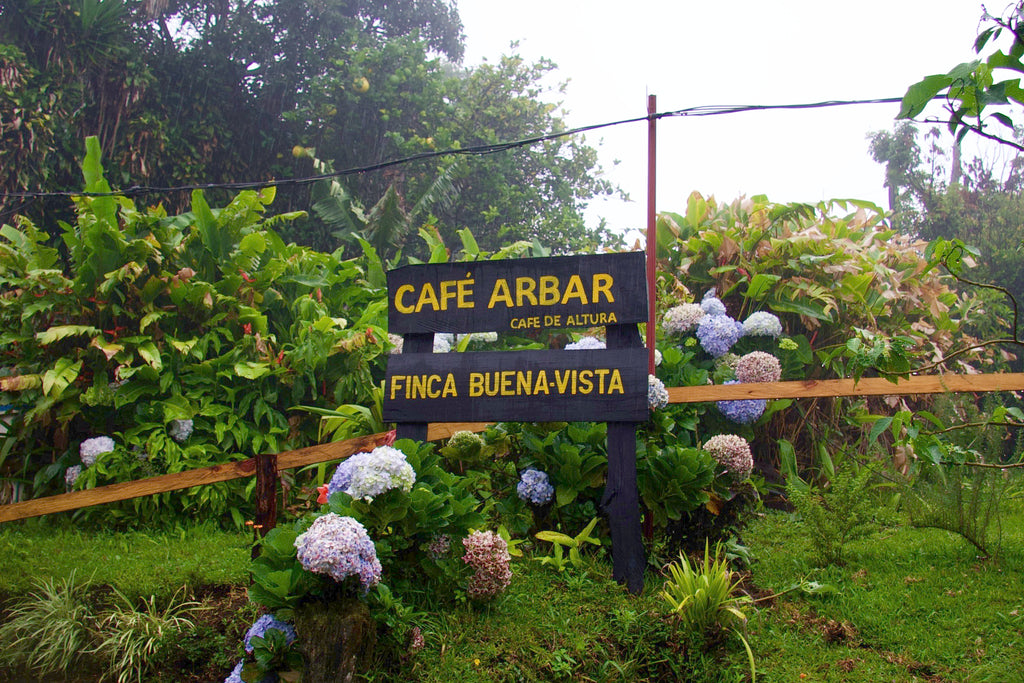
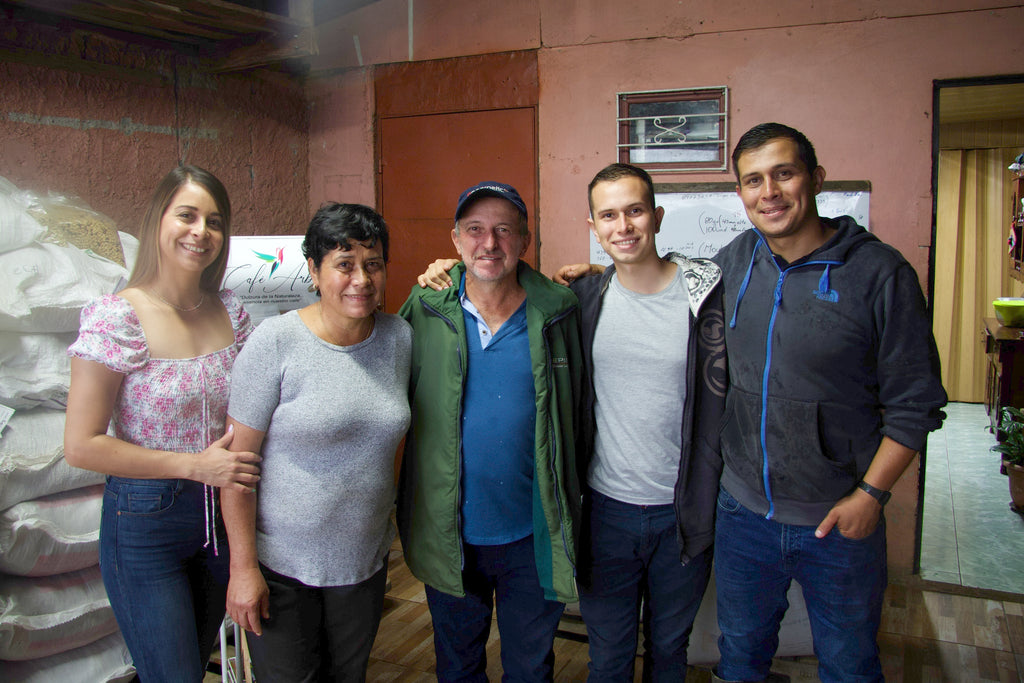
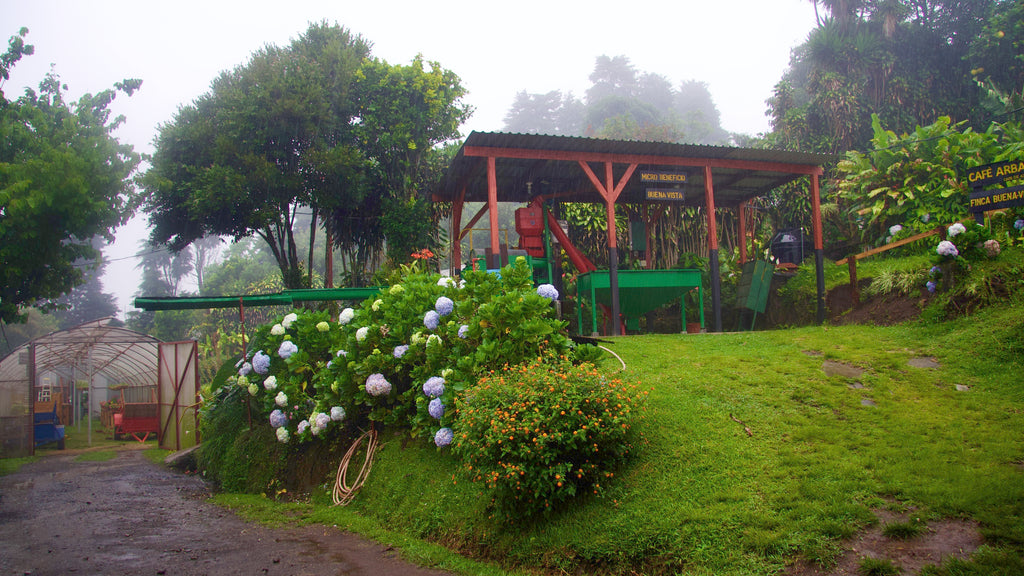

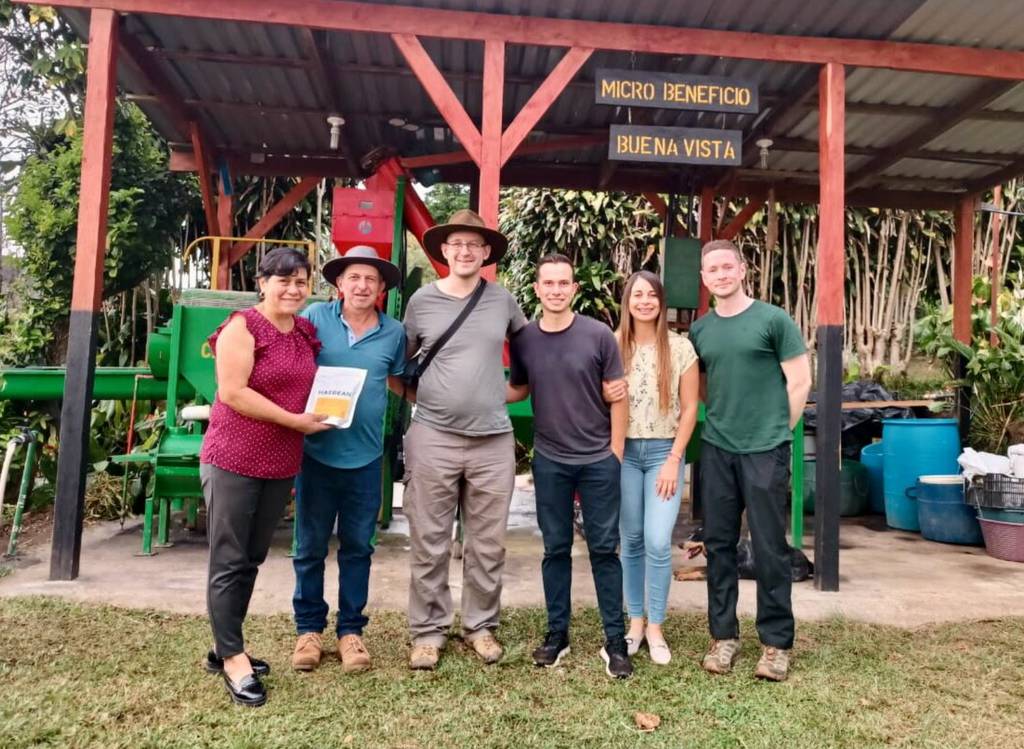
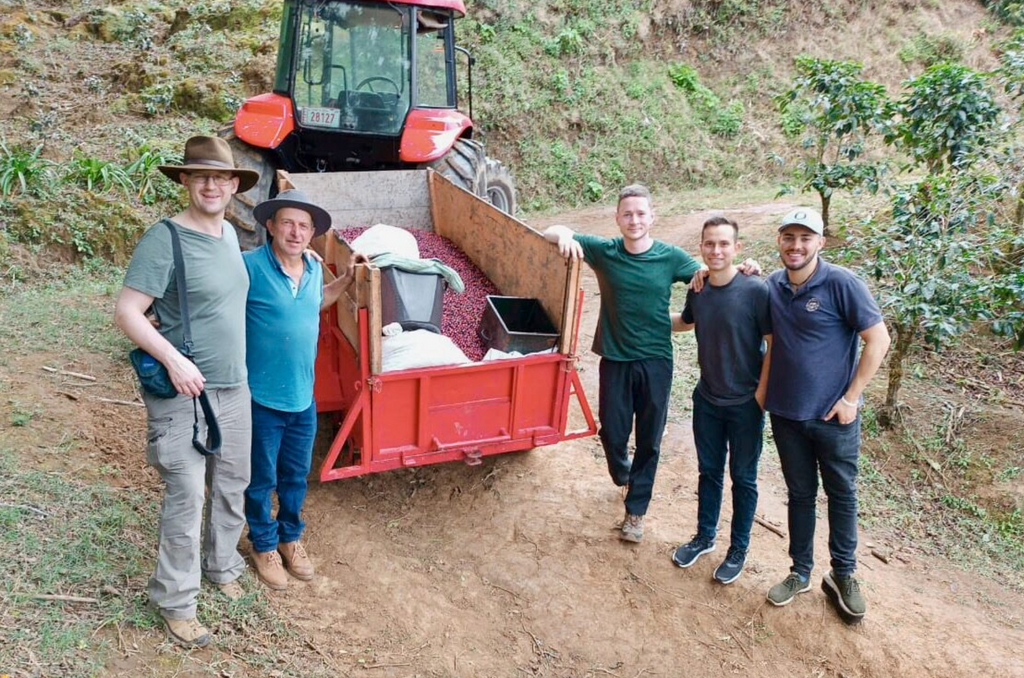
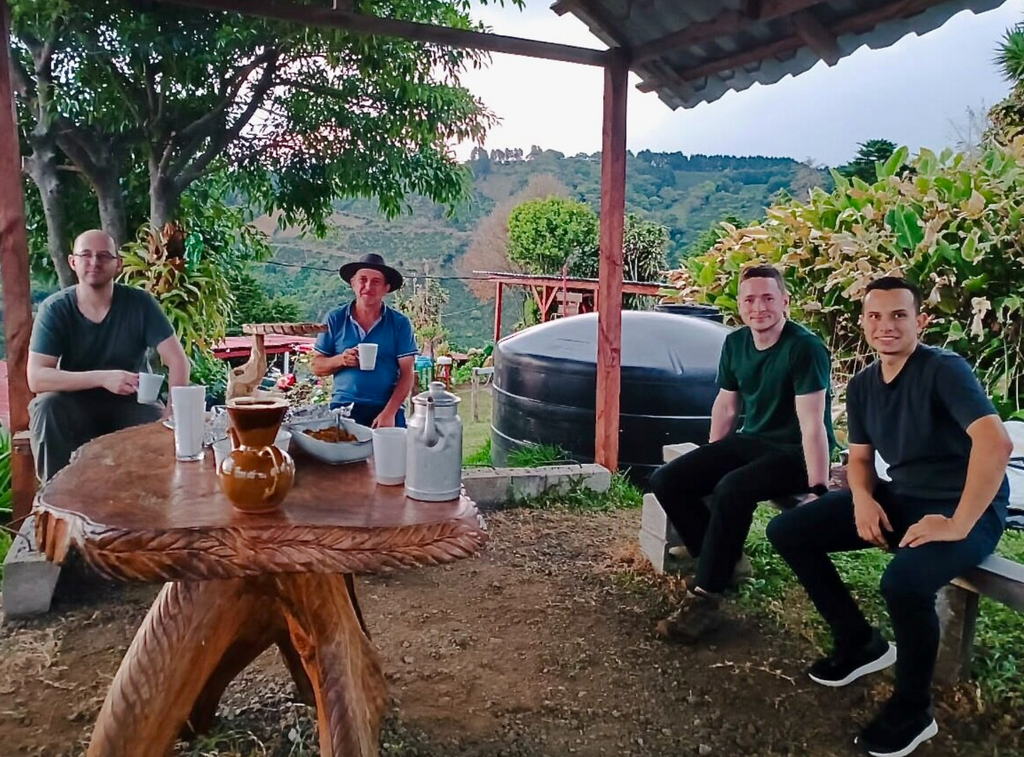
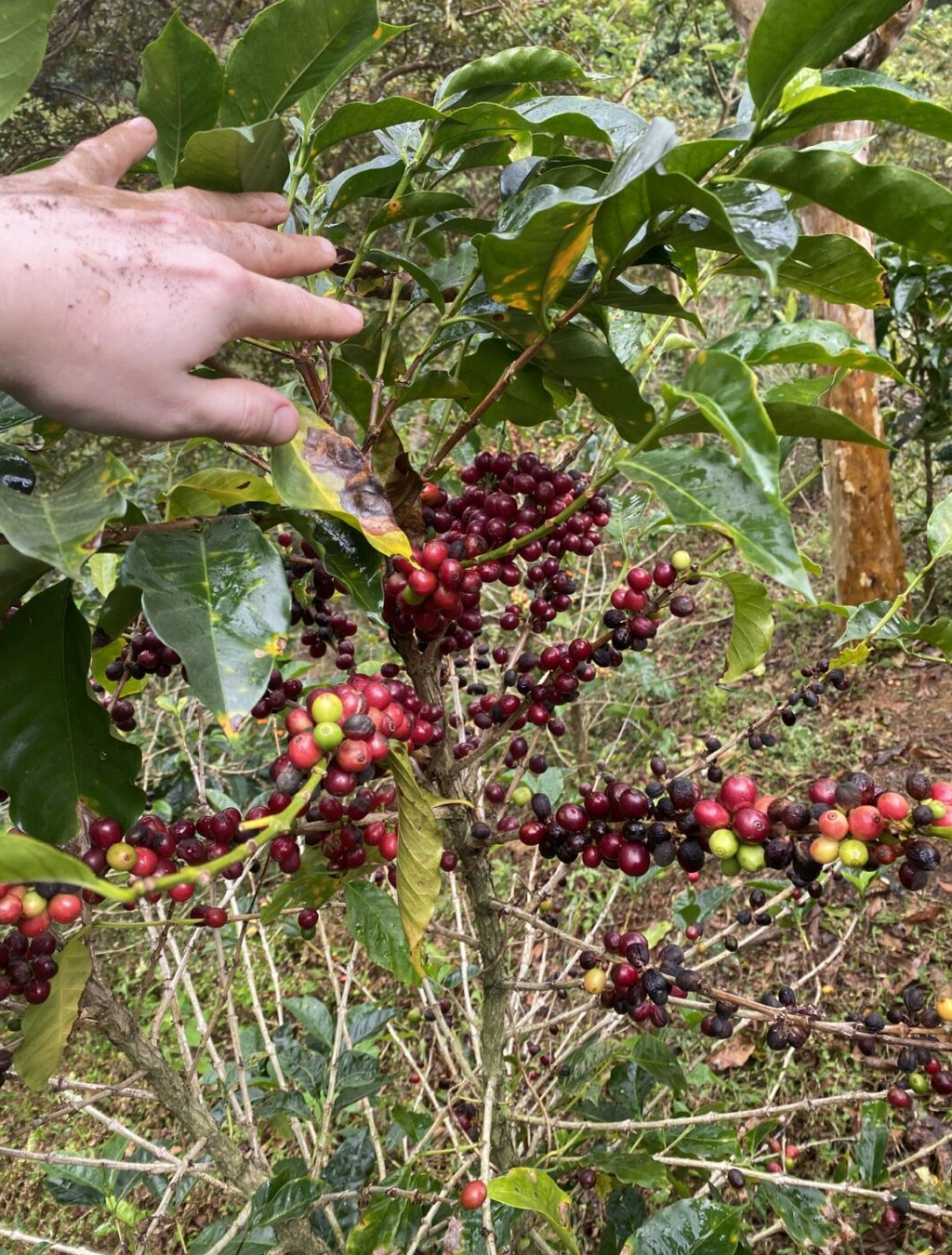
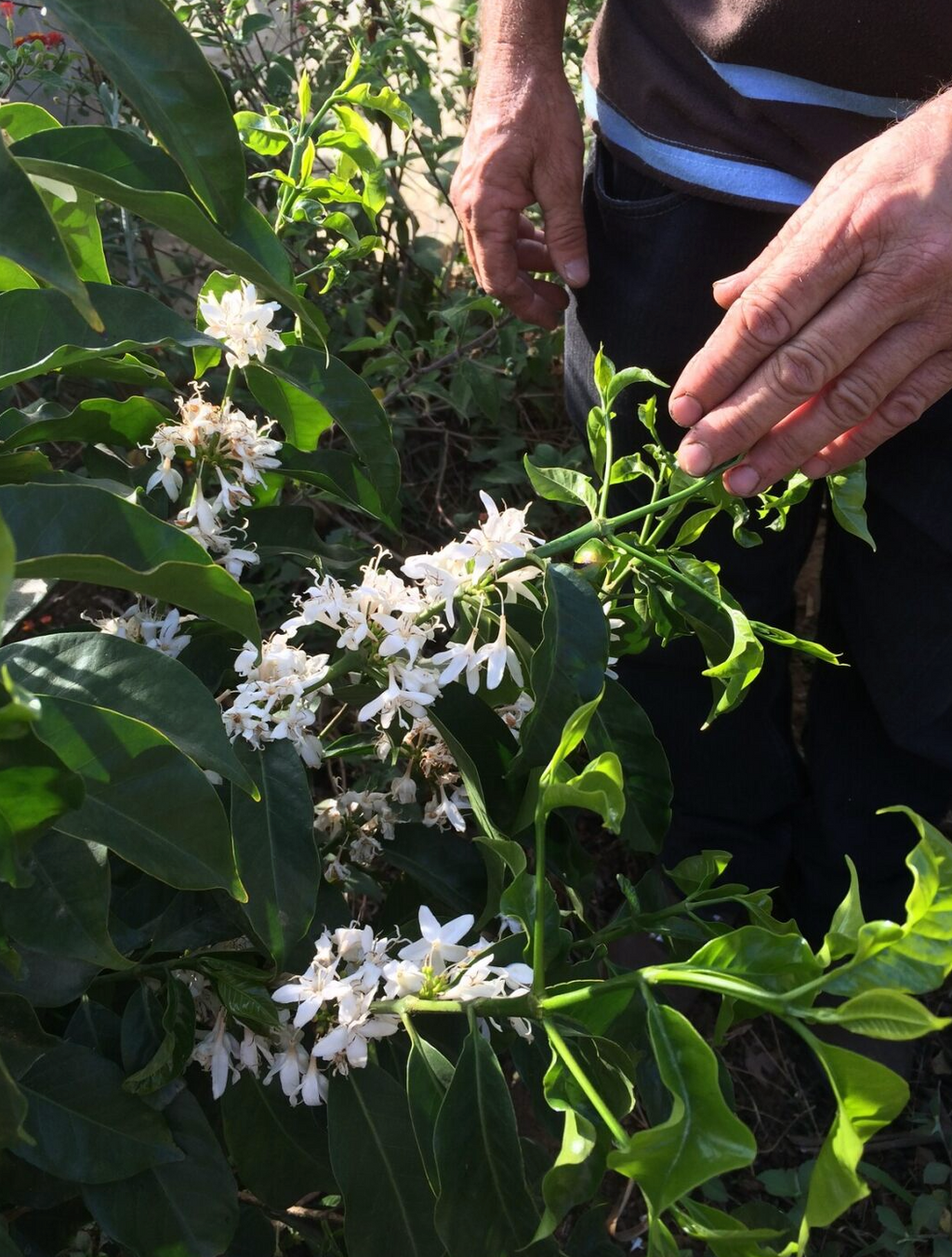
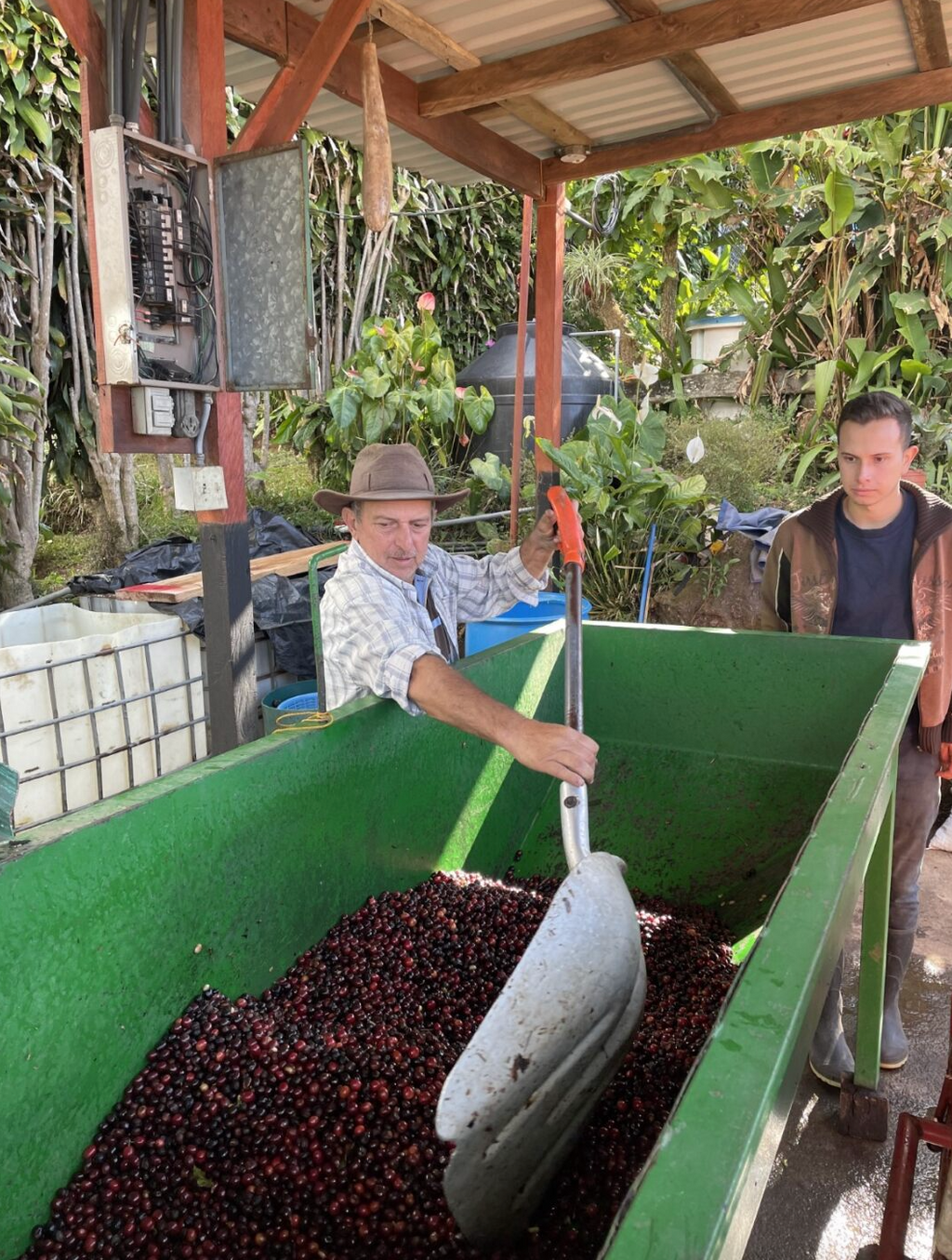

![Costa Rica: ARBAR, Geisha [125g]](http://ozonecoffee.co.uk/cdn/shop/files/OzoneBag-CostaRicaARBARGeisha_400x.png?v=1711440907)

